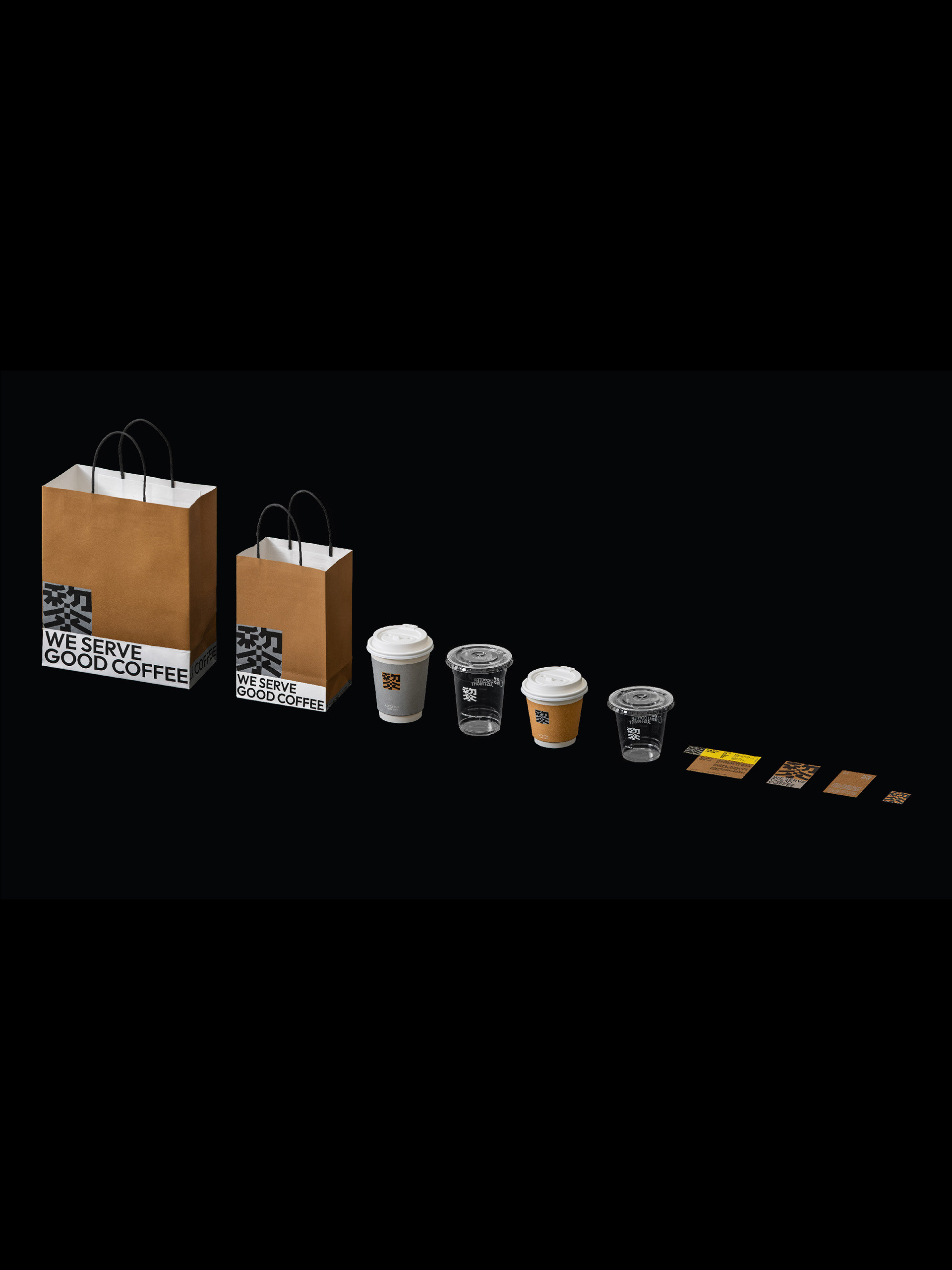Marine Heroes; Digital game
We made a fun, slightly addictive, educational multi-player game and educated the public on sustainable fishing practices.
Company: Formula D-interactive
Client: I & J
Client: I & J
Project summary: This is an educational touch-table game that is designed to teach visitors to the Two Oceans' Aquarium about sustainable fishing practices used in the South African fishing industry. Players take the first-person role of a fisherman, and follow a journey that takes them from sea to store.
FINAL PRODUCT


Final concept:
The game allows visitors to experience being fishermen. Users play 4 sequential mini-games and experience a day in the life of a fisherman. Each game has a key message about sustainable practices within the fishing industry and how this can contribute to long-lasting fisheries resources. Players learn facts along the way and explore how over-fishing can cause damage to the environment. They learn how they can make a difference, by being responsible consumers.
The game allows visitors to experience being fishermen. Users play 4 sequential mini-games and experience a day in the life of a fisherman. Each game has a key message about sustainable practices within the fishing industry and how this can contribute to long-lasting fisheries resources. Players learn facts along the way and explore how over-fishing can cause damage to the environment. They learn how they can make a difference, by being responsible consumers.
PROBLEM STATEMENT
I&J found that the SA fishing industry has a bad reputation among consumers. They want to improve the image of the industry, by educating consumers on the positive practices they do, in order to combat the harmful environmental impacts from fishing. The project aim was also to educate people on how they too, can make a positive impact by their consumer choices - by buying only sustainable fish species from the SASSI approved list.
ROLE
My Role:
- attend client meetings
- research (content, terminology etc) and summarizing content into key points
- conceptualizing/ideation
- persona-boards
- story-boarding
- paper-prototypes
- wire-framing
- user-testing (in-house and focus groups)
- client presentations
Acknowledgements:
The team consisted of myself, graphic designer/art director (Jean-Jacques Rossouw), industrial designer (Johan du Toit) and developer (Duncan Crossier), as well as an external illustrator.
- research (content, terminology etc) and summarizing content into key points
- conceptualizing/ideation
- persona-boards
- story-boarding
- paper-prototypes
- wire-framing
- user-testing (in-house and focus groups)
- client presentations
Acknowledgements:
The team consisted of myself, graphic designer/art director (Jean-Jacques Rossouw), industrial designer (Johan du Toit) and developer (Duncan Crossier), as well as an external illustrator.
CHALLENGES
We were provided with very dense and technical information as a basis for the game- it was challenging to convey it at a level a child could understand. We also had to convey the key messages within a short time, as children have a limited attention-span.
OUTCOMES
The game was enjoyed by children as well as adults who visited the aquarium. The key messages were understood well by the players. A year after the game had been installed, I had visited the aquarium again - and noticed a cleaner at the aquarium showing a young child what to do - proving that the game was used and enjoyed by people of all ages, backgrounds and education levels.
PROCESS
PERSONAL PROCESS
For this project, I had to conduct further research from the given data and information, in order to understand the technical terms and processes being used. I then had to summarize the information and find the most important learning points, which need to be conveyed through gamification.
PERSONA BOARDS

The budget didn't allow for users to be brought in at this stage, so fictional persona boards were created based on the experience and assumptions of the user experience team. The boards gave us an idea of who the typical user might be, what they would look like, why they would play the game and potential gaming frustrations. As it is to be placed in the Two Oceans Aquarium, the likely target market would be parents, teachers and school children.
The main messages that we have in the game, have to be at a level easy-enough for a child to understand. Later in the process, we looked back on the personas and realised we need more in-depth information, aimed at the adults. We incorporated fact-bubbles as a screen-saver, before the start of the game. Adults (parents/teachers) could read these for their own knowledge and also read them to the children and teach them what they mean.
IDEATION




After brainstorming, I drew sketches to show the concept of the game. They conveyed the scene,actions and goals of each mini-game.
STORYBOARD

Once the concept was approved, I expanded them to create a full storyboard. The story-board showed further detail such as instructions before game-play, and a key-message+winning screen after game-play.
PAPER-PROTOTYPE
Paper prototype - Game 4 - sorting the fish
We made a paper prototype to show the mechanics and game-play for Mini-game 4. Mini-game 4 was later changed as throwing the "red" and "orange" (endangered, non-approved fish) back into the ocean could be seen as wasteful, and it was also unrealistic - most fish are kept and sold. The second version involved sorting the fish into baskets.
WIRE-FRAMES

Wireframes were created to show the UI, instructions,feedback, illustrations, and sequence for each game screen. These were handed over to the illustrator and developer. The wire-frames were used to see if the narrative makes sense as a whole, and to determine how each screen links to the next.
USER TESTING

User-testing took place during the making of the game (in-house) and at the completion of each mini-game with a focus-group, before it could be re-iterated. We observed the players, and asked them to think out-loud while playing the game. This was followed by a sort interview to determine whether the level of game-play was appropriate, and if they understood they key messages being taught.
GAME SUMMARY

Game 1: Ship Navigation:
Game play:
- sail over fishing areas
- avoid obstacles and spawning zones
- catch as many hake as possible to earn points
Key message: Fisherman have specific quotas. There are fishing and non-fishing zones which change seasonally.
Game mechanics: Tap controller to control boat direction and speed. Players compete against each other in a timed game, to gain the most points.
Game 2: Deep Ocean Fishing:
Game play:
- catch as many hake as possible within time limit
-don't go over by-catch amount by avoiding catching turtles and dolphins
Key message: Fishermen have quotas and by-catch limits. They use sonar to help locate fish and avoid obstacles.
Game mechanics: Tap the net button to jerk it up and down. Determine when to use sonar button to send out sonar bursts. This creates better visibility in the undersea environment.
Game play:
- sail over fishing areas
- avoid obstacles and spawning zones
- catch as many hake as possible to earn points
Key message: Fisherman have specific quotas. There are fishing and non-fishing zones which change seasonally.
Game mechanics: Tap controller to control boat direction and speed. Players compete against each other in a timed game, to gain the most points.
Game 2: Deep Ocean Fishing:
Game play:
- catch as many hake as possible within time limit
-don't go over by-catch amount by avoiding catching turtles and dolphins
Key message: Fishermen have quotas and by-catch limits. They use sonar to help locate fish and avoid obstacles.
Game mechanics: Tap the net button to jerk it up and down. Determine when to use sonar button to send out sonar bursts. This creates better visibility in the undersea environment.
Game 3 : Coming back to Shore:
Game play:
-Defend catch from seagulls
-Flick away seagulls that swoop in from all directions
Key message: Fisherman need to keep their catch safe, from seagulls. Tori and Rori lines help protect seagulls from entanglement.
Game mechanics: Use a swiping motion on the screen to flick the seagulls away. The game gets progressively harder as the lines are brought into the boat, as the shore approaches.
Game 4: Sorting in the Harbour:
Game play:
- sort the fish into the correct baskets, according to colour
Key message: Some fish are more sustainable than others (which are endangered). Drag the fish into the baskets, while the conveyor belt is moving.
Game play:
-Defend catch from seagulls
-Flick away seagulls that swoop in from all directions
Key message: Fisherman need to keep their catch safe, from seagulls. Tori and Rori lines help protect seagulls from entanglement.
Game mechanics: Use a swiping motion on the screen to flick the seagulls away. The game gets progressively harder as the lines are brought into the boat, as the shore approaches.
Game 4: Sorting in the Harbour:
Game play:
- sort the fish into the correct baskets, according to colour
Key message: Some fish are more sustainable than others (which are endangered). Drag the fish into the baskets, while the conveyor belt is moving.
Game mechanics: Drag the fish into the baskets, while the conveyor belt is moving.







